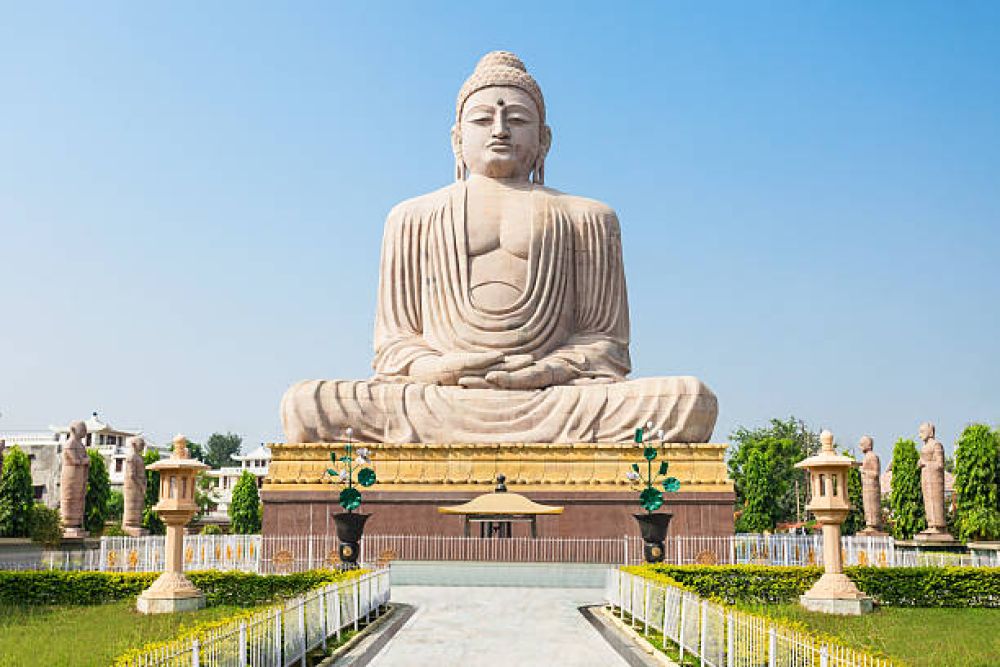

Bodh Gaya is a small town in the northeastern Indian state of Bihar and is renowned for being the place where Prince Siddhartha Gautama attained enlightenment and became the Buddha. The history of Bodh Gaya as a pilgrimage destination dates back over 2,500 years and remains one of the most revered sites in Buddhism.
The tradition of pilgrimage to Bodh Gaya began soon after the Buddha's enlightenment. According to the Buddhist texts, the first temple was built by Emperor Ashoka in the 3rd century BCE. Over the centuries, the site fell into disrepair and was later rediscovered by Buddhist pilgrims.
In the 19th century, the British colonial administration took an active interest in archaeological excavations and restoration. The Mahabodhi Temple, a UNESCO World Heritage Site, was restored to its former glory, leading to a revival in its status as a pilgrimage destination. The temple complex includes the famous Bodhi Tree under which the Buddha attained enlightenment, the Vajrasana or Diamond Throne, and a number of ancient stupas and viharas surrounding the central temple.
In contemporary times, Bodh Gaya has seen an influx of visitors from around the world. Bodh Gaya is now a cosmopolitan hub with monasteries, temples, and meditation centers run by various Buddhist countries including Thailand, Tibet, Japan, and Myanmar. With ongoing support from the Indian government and international Buddhist communities, infrastructure developments have made the town more accessible to international tourists.
In recent years, there has been a growing trend in sustainable and experiential tourism. Visitors are increasingly seeking authentic experiences that go beyond just visiting the historical sites. Programs such as meditation retreats, teachings, and the opportunity to participate in traditional ceremonies are gaining popularity. Moreover, initiatives to support the local community and preserve the environment are also being integrated into tourism practices.
Bodh Gaya comes alive during the Buddhist festivals such as Buddha Purnima, marking the birth, enlightenment, and death of the Buddha. Additionally, the Nyingma Monlam Chenmo, a major prayer festival that takes place every year, sees thousands of monks in maroon robes gather for prayers, creating a powerful and spiritual atmosphere.
The historical significance and spiritual ambiance of Bodh Gaya continue to draw seekers from all walks of life. The town's rich history as a center of Buddhism, coupled with its evolution as a global place of pilgrimage, ensures that Bodh Gaya will remain a beacon of peace and reflection for years to come.